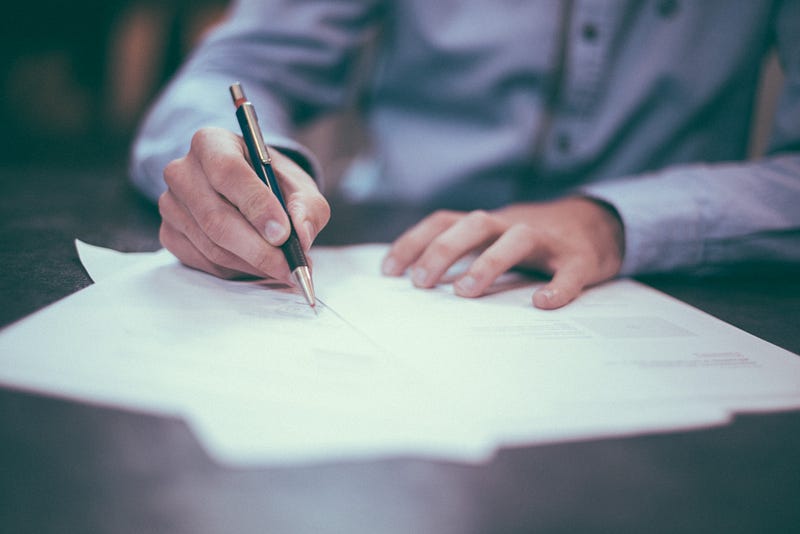How to build an agenda for a meeting.
Nobody wants to attend a meeting that’s boring, poorly-planned, or stressful. The key to any successful meeting begins with preparation. If you start with a good plan, you have better odds of a successful and focused meeting that your attendees will feel good about.
In the Harvard Business Review article, “How to Design an Agenda for an Effective Meeting,” Roger Schwarz, organizational psychologist, speaker, and leadership team consultant, explained how vital the agenda is: “An effective agenda sets clear expectations for what needs to occur before and during a meeting. It helps team members prepare, allocates time wisely, quickly gets everyone on the same topic, and identifies when the discussion is complete. If problems still occur during the meeting, a well-designed agenda increases the team’s ability to effectively and quickly address them.”
We’d love to share with you the recipe for writing constructive agendas so that you can start having effective meetings today.

Six Ways to Create More Effective Agendas
1. Set Clear Objectives
Before you begin to piece together a meeting agenda, you must first clearly identify the objective of the meeting. Make sure you can clearly articulate WHY you are having this meeting and WHAT you need to accomplish by the end. Make your focus even more finite and identify if the purpose of addressing the objective is to inform, seek input for a decision, or receive help in making a decision. The angle will determine how you structure your agenda, and therefore your meeting.
We follow a set of meeting mantras at Voltage Control to keep us from wasting precious time and resources at scheduled gatherings. Take a few moments to get clear on the big goal of your meeting and the objectives you need to meet by the end of it.

2. Focus on Essential Topics
Once you identify the purpose, it is time to begin agenda construction. Rule one of facilitation club is to help the group communicate as effectively as possible. One way to help this is by eliminating any topics or talking points that do not coincide with the purpose of the meeting and the goal of trying to be reached.
Clearly define the essential topics, with each serving as a segment of the meeting. Arrange them in order of importance or relevance to create a natural flow as the meeting unfolds.

3. Set a Realistic Schedule
A robust agenda helps facilitation run smoothly and produce successful results. Take your meeting outline and assign each segment a specific time slot. Go with your instinct. This is a skill that will improve over time. If you don’t set time boxes around your activities, you can bet that you won’t get to everything on your list. However, this doesn’t mean you’re inflexible. For example, if a meaningful conversation happens and takes up more time than expected, check-in with the group, acknowledge that you’re going over, and figure out where to shave-off time later in the agenda.
If you are planning a more extended meeting, be sure to build in ample time for breaks. Keep in mind that the ideal meeting length is no longer than 60 minutes. Build these breaks into your plan at times when you think energy will be waning.

Finalize the timing by naming a start time and end time, then stick to them. With up to 55 million meetings held each day, and employees averaging six hours per week attending them, one of the top reasons so many people dread meetings is the fear of it being too long or running past the end time, cutting into their own work time.
When you build a reputation of ending meetings at the scheduled time, attendees are more likely to develop trust and increased liking to attending, which will boost morale and help productivity. Finishing on time is respecting everyone else’s time.
4. Work Collaboratively
If you are scheduling a long meeting, you might want to call in help. Two heads are better than one. Find a partner who can help you build the agenda and meeting activities collaboratively. Having an agenda partner also helps you stay on track–do they see something you don’t? You can more easily identify any holes or issues with the agenda when you have a second set of eyes.

5. Reflection Time
One of the commonly overlooked aspects of an effective meeting agenda is not making time to debrief. It is imperative that you schedule in time to reflect on what was discussed and decided on in the meeting
Establish post-meeting tasks to bring the decision made in the meeting to life and keep the forward momentum going. Set clear deadlines for when these tasks need to be completed before the meeting is adjourned so that everyone knows what is expected of them, and steady and timely progress can be made.
6. Write it down
Once you’ve gotten your agenda where you want it, you’ll need to put your schedule down in words. Send them the plan beforehand. Doing so allows everyone the opportunity to look it over and consider what will be discussed and prepare before they enter the meeting, which improves meeting quality and discussion. You could also take a bit more time and use a template like these here to create a more detailed and professional looking agenda
It is also beneficial to hand out a physical copy of the agenda or display it on a projector if in-person, or send it in an email or share it on Zoom if virtual, from the start of the meeting. A visual reference present throughout the session helps to keep the group on task.

A meeting is only as strong as its agenda.
Need help designing your next big meeting?
Voltage Control facilitates design thinking workshops, innovation sessions, and Design Sprints. Please reach out at hello@voltagecontrol.com for a consultation.



